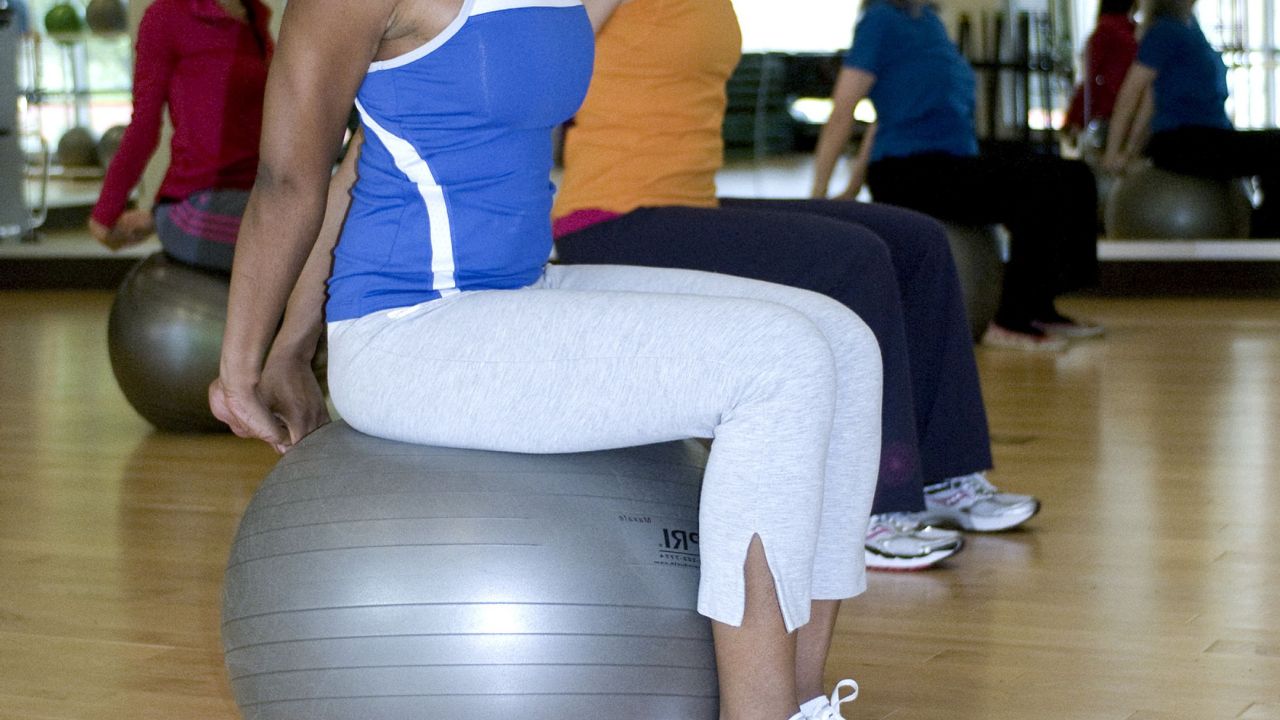
Are you ready to take your athletic performance to the next level?
Get ready to unleash your full potential with these game-changing warm-up techniques. Whether you're a professional athlete or just starting out, these 10 techniques will revolutionize your pre-workout routine.
From dynamic stretching to mental preparation techniques, we've got you covered. Say goodbye to injuries and hello to peak performance.
It's time to break free from the ordinary and become the athlete you were meant to be.
Dynamic Stretching
You should incorporate dynamic stretching into your warm-up routine to improve flexibility and prevent injuries.
Unlike static stretching, where you hold a stretch for an extended period, dynamic stretching involves moving parts of your body through a full range of motion. This type of stretching not only increases blood flow to your muscles, but it also activates your nervous system, priming your muscles for action.
Dynamic stretching before exercise can help to improve your overall performance by enhancing your muscle coordination and power. It also helps to warm up your joints, making them more flexible and reducing the risk of injury.
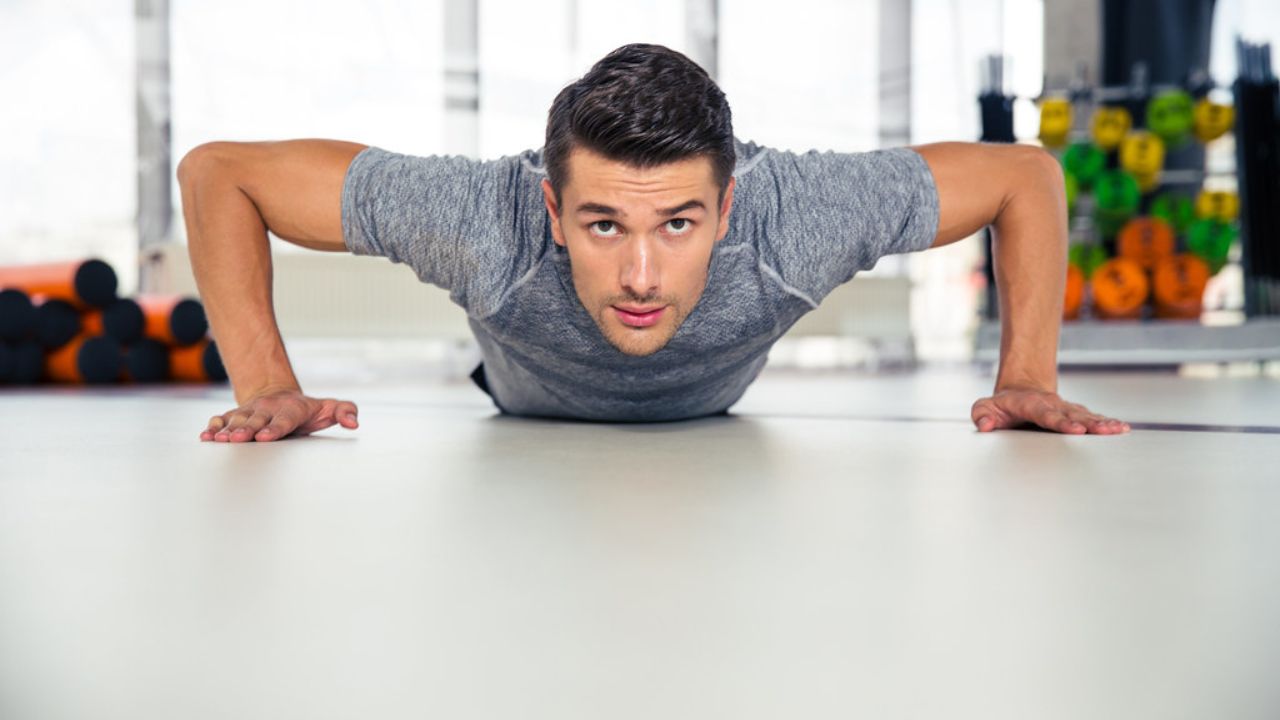
Foam Rolling
Get ready to roll your way to improved performance and recovery with foam rolling!
Foam rolling has numerous benefits for athletes, including increased blood flow, improved flexibility, and reduced muscle soreness.
However, it's important to avoid common mistakes like rolling too quickly or applying too much pressure.
To maximize the benefits, incorporate the best foam rolling exercises into your warm-up routine, targeting key areas such as the calves, quadriceps, and IT band.
Benefits of Foam Rolling
To experience the benefits of foam rolling, incorporate this technique into your warm-up routine.
Foam rolling is a form of self-myofascial release that helps to break up adhesions in the muscles, increase blood flow, and improve flexibility. By using a foam roller to apply pressure to specific areas of your body, you can release tension and tightness, reduce muscle soreness, and enhance overall performance.
Foam rolling techniques can target various muscle groups, such as the calves, quads, hamstrings, and back.
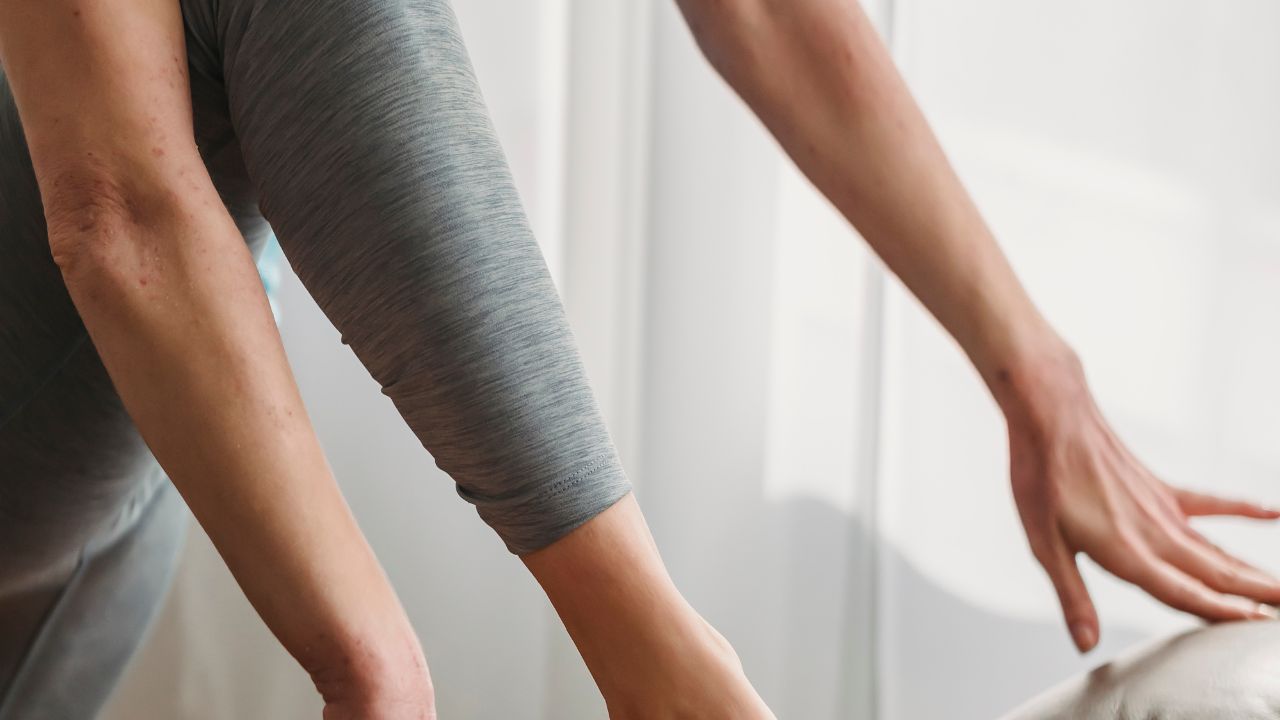
By incorporating foam rolling into your warm-up routine, you can improve your range of motion, prevent injuries, and optimize your athletic performance.
Common Foam Rolling Mistakes
Avoid rushing through your foam rolling routine, as well as neglecting proper form and technique. These are common foam rolling mistakes that can hinder the effectiveness of your warm-up and increase the risk of injury.
One mistake is rolling too quickly over the muscle. Slow, controlled movements allow the foam roller to target specific areas and release tension effectively.
Another mistake is applying too much pressure. While it may seem like more pressure equals better results, excessive pressure can cause pain and bruising. It's important to find a balance and apply enough pressure to feel a gentle release without causing discomfort.
Lastly, avoid rolling directly over joints and bony areas, as this can lead to injury.
Best Foam Rolling Exercises
Start by placing the foam roller underneath your targeted muscle group and begin slowly rolling back and forth.
Foam rolling exercises can provide numerous benefits to athletes, helping to improve flexibility, increase range of motion, and reduce muscle soreness.
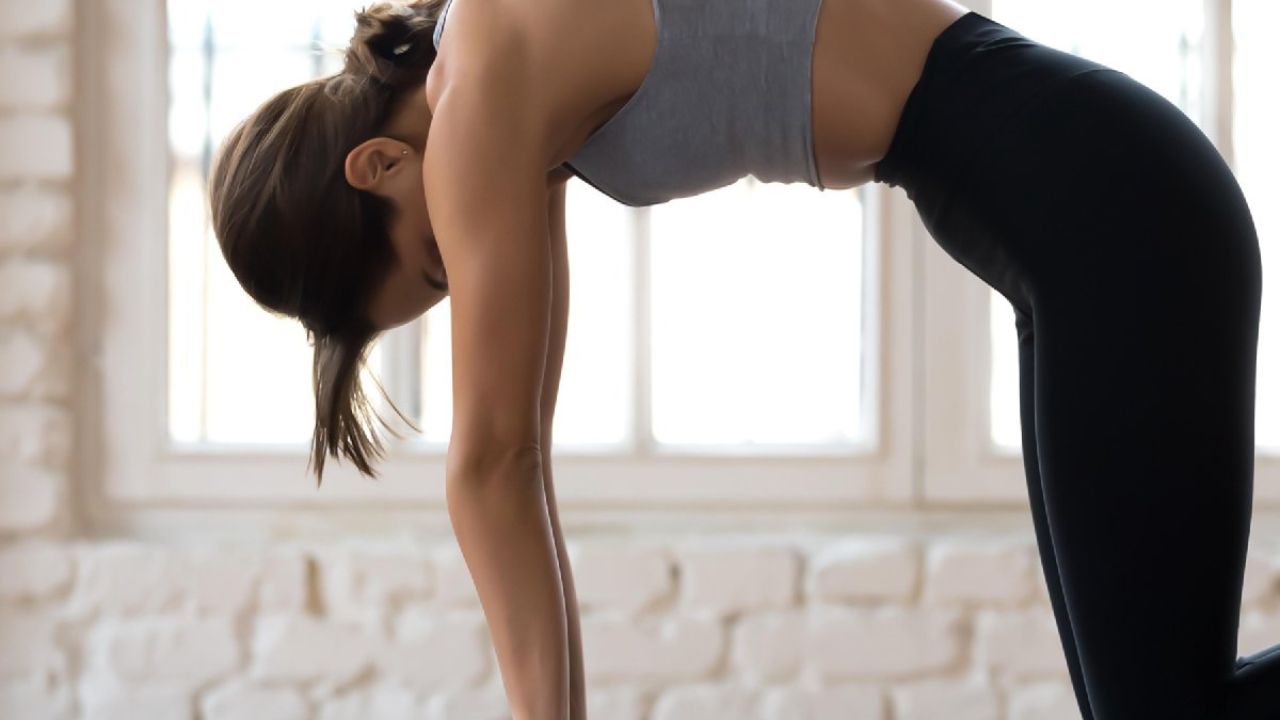
One effective foam rolling technique is the quadriceps roll. To perform this exercise, start by lying face down with the foam roller positioned under your thighs. Use your arms to support your upper body and slowly roll the foam roller up and down your quads.
Another beneficial foam rolling exercise is the IT band roll. Lie on your side with the foam roller positioned at the side of your thigh. Roll from your hip to your knee, applying gentle pressure to release tension in your IT band.
Foam rolling is a simple yet effective way to prepare your muscles for optimal performance and prevent injury. Incorporate these foam rolling techniques into your warm-up routine to experience the benefits firsthand.
Plyometric Exercises
Try incorporating these 10 plyometric exercises into your warm-up routine to improve your athletic performance.
Plyometric training is a form of exercise that focuses on explosive power development. It involves quick, powerful movements that engage your muscles and increase your speed, strength, and agility.
These exercises are perfect for athletes who desire freedom in their movements.
Start with squat jumps, where you explosively jump up from a squat position and land softly.
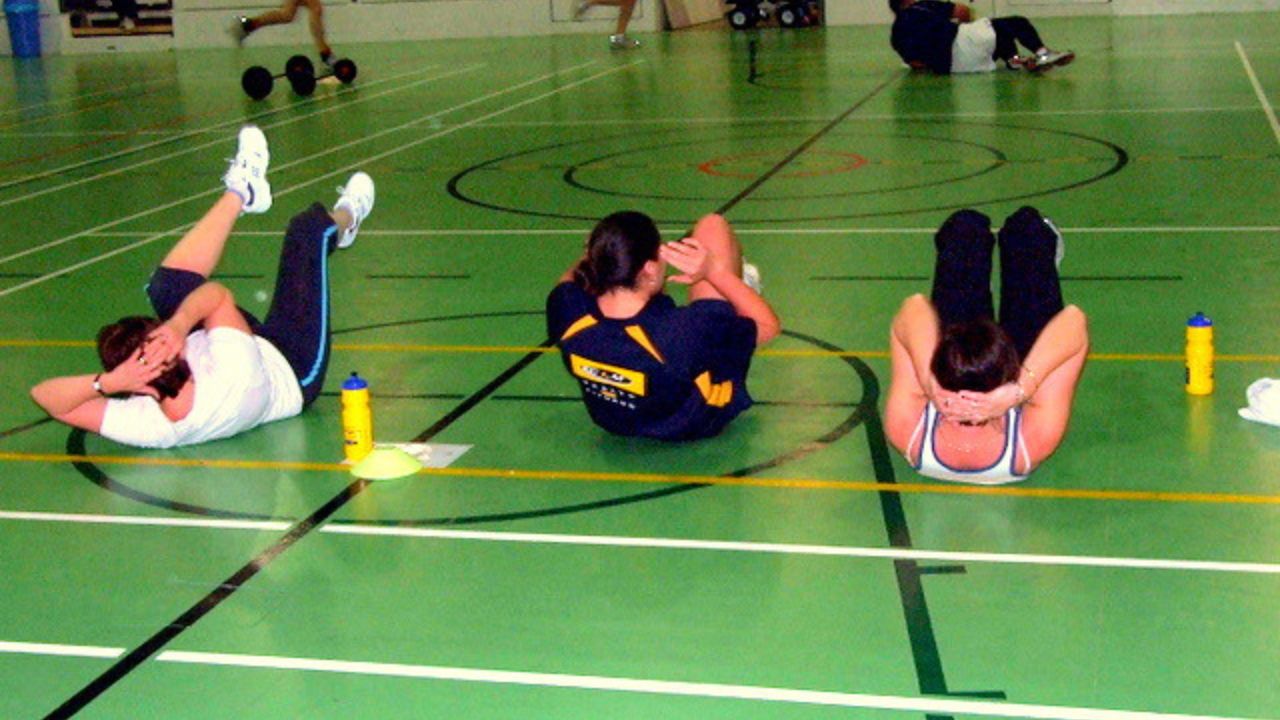
Next, try box jumps, where you jump onto a box or platform and then step down.
Other exercises include lateral bounds, tuck jumps, and single-leg hops.
These plyometric exercises will activate your muscles, increase your power, and help you perform at your best.
Mobility Drills
Get your body moving and prepare for peak performance with these mobility drills. Incorporating mobility training into your warm-up routine is essential for injury prevention and maximizing your athletic potential. Here are five effective mobility drills that will help you move better and improve your overall performance:
Hip circles: Stand with your feet shoulder-width apart and slowly rotate your hips in a circular motion, focusing on smooth and controlled movements. This drill helps increase hip mobility and flexibility, which is crucial for movements like squats and lunges.
Shoulder dislocations: Hold a resistance band with a wide grip and slowly raise it overhead and behind your back in a controlled manner. This exercise helps improve shoulder mobility and posture, reducing the risk of shoulder injuries.
Ankle dorsiflexion stretch: Stand facing a wall with one foot placed a few inches away. Lean forward, keeping your heel on the ground, and feel the stretch in your calf and ankle. This drill enhances ankle mobility, which is vital for activities like running and jumping.
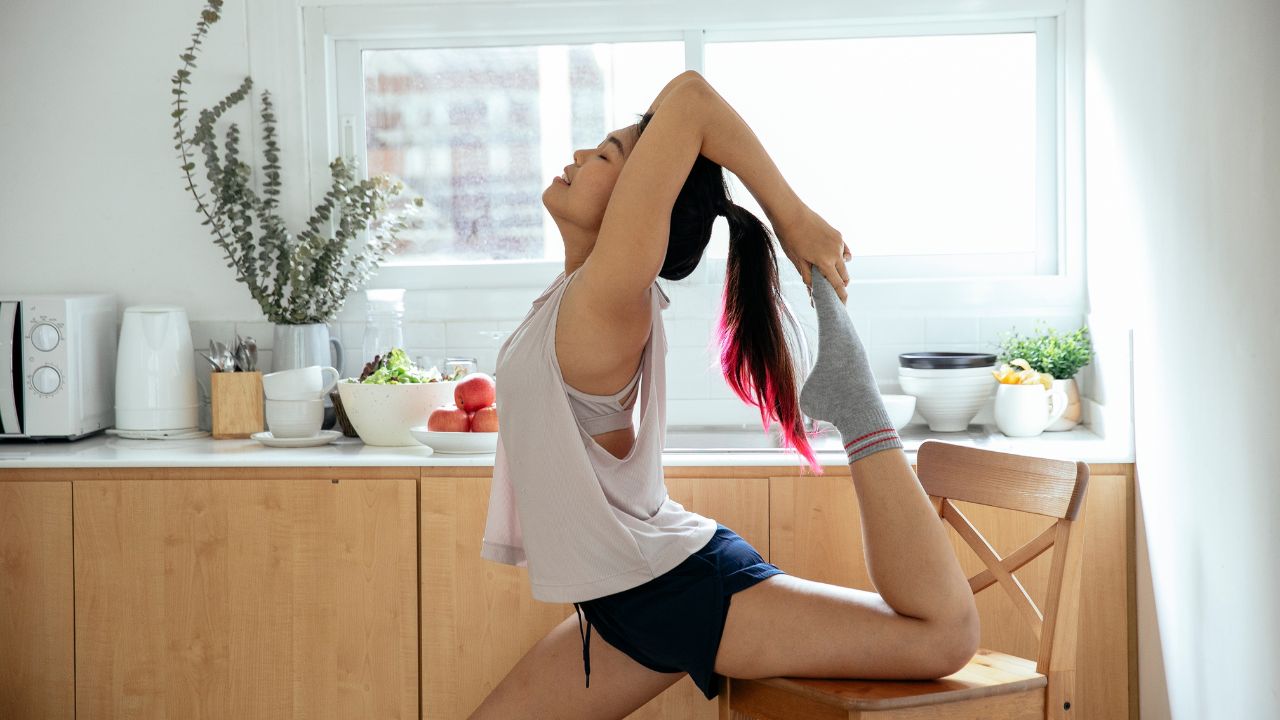
Thoracic spine rotation: Lie on your side with your knees bent and arms outstretched in front of you. Slowly rotate your top arm towards the ceiling, keeping your lower body stable. This drill improves thoracic spine mobility, allowing for better rotational movements.
Wrist circles: Extend your arm in front of you, palm facing down. Make small circular motions with your wrist, first clockwise and then counterclockwise. This drill helps improve wrist mobility, which is important for activities like weightlifting and gymnastics.
Incorporating these mobility drills into your warm-up routine won't only enhance your flexibility and range of motion but also reduce the risk of injuries. Remember to perform each exercise with control and gradually increase the intensity as your mobility improves.
Get ready to unlock your body's freedom of movement and take your athletic performance to new heights.
Activation Exercises
Engage your muscles and prepare for optimal performance with these activation exercises. Muscle activation exercises are a crucial part of any pre-workout routine, as they help activate specific muscles and improve their coordination. By doing these exercises, you can increase your range of motion, reduce the risk of injury, and enhance overall performance.
One effective activation exercise is the glute bridge. Lie on your back with your knees bent and feet flat on the ground. Lift your hips off the ground, squeezing your glutes at the top. This exercise activates your glute muscles, which are key in many athletic movements.
Another great activation exercise is the plank. Get into a push-up position, but with your forearms on the ground. Engage your core and hold this position for 30 seconds to a minute. The plank activates your core muscles, helping you maintain stability and control during your workout.

Incorporating these activation exercises into your pre-workout routine will ensure that your muscles are engaged and ready to perform at their best. So, take the time to activate your muscles and unlock your full athletic potential.
Core Stabilization
Strengthen your core and improve your stability by incorporating these core stabilization exercises into your warm-up routine. Core stability is vital for athletes, as it forms the foundation of their movements, allowing for efficient and powerful performance. Here are five core stability exercises that will enhance your athletic abilities:
Plank: This exercise engages the entire core, including the abdominal muscles, back, and hips. Start in a push-up position, with your forearms on the ground, and hold your body in a straight line.
Russian Twist: Sit on the floor with your knees bent and feet flat. Lean back slightly, engage your core, and rotate your torso from side to side, touching the ground with your hands.
Dead Bug: Lie on your back with your arms extended towards the ceiling and knees bent at a 90-degree angle. Engage your core and extend your opposite arm and leg while keeping your back flat on the ground.
Bird Dog: Begin on all fours, with your hands directly under your shoulders and knees under your hips. Extend your right arm and left leg while keeping your core engaged, then switch sides.
Side Plank: Start by lying on your side, with your forearm on the ground and your elbow directly under your shoulder. Lift your hips off the ground, forming a straight line from your head to your feet.
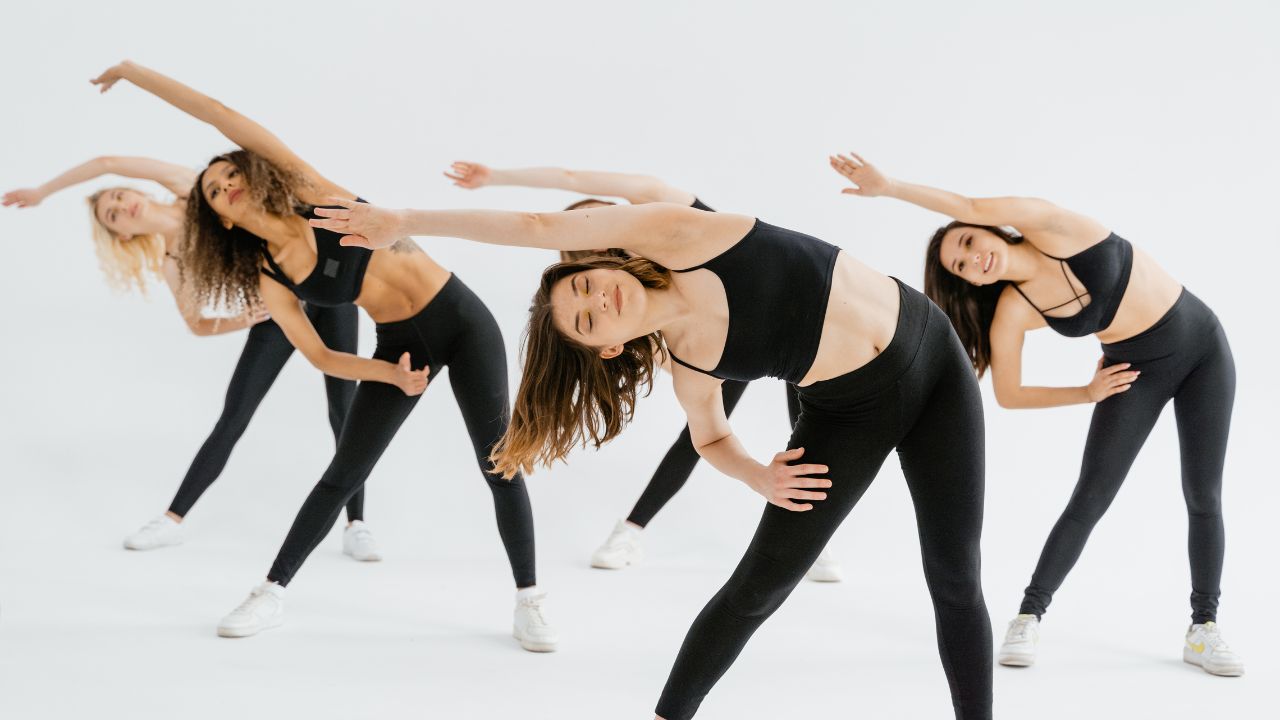
Incorporating these core stability exercises into your warm-up routine won't only improve your athletic performance but also reduce the risk of injuries. Strengthening your core will enhance your stability, balance, and overall freedom of movement.
Balance and Coordination Drills
Improve your athletic performance with these balance and coordination drills that target your body's stability and coordination. Balance training is essential for athletes as it helps improve overall body control and reduces the risk of injuries.
Incorporating agility drills into your warm-up routine can enhance your ability to change direction quickly and efficiently, giving you an edge on the field or court. Start with simple exercises like single-leg stands or heel-to-toe walks to improve your balance. As you progress, challenge yourself with more dynamic movements such as lateral hops or ladder drills.
These drills not only improve your balance and coordination but also help increase your agility and reaction time. Remember, balance and coordination are key to performing at your best, so make sure to include these drills in your warm-up routine to enhance your athletic performance.
Cardiovascular Warm-Up
Get your heart pumping and your blood flowing with these 5 essential cardiovascular warm-up exercises. Incorporating cardiovascular exercises into your warm-up routine is crucial for improving your cardiovascular endurance and preparing your body for physical activity. Here are five exercises to help you get started:
Jumping jacks: Start by standing with your feet together and arms at your sides. Jump and spread your feet apart while raising your arms overhead. Return to the starting position and repeat.
High knees: Stand with your feet hip-width apart and jog in place, lifting your knees as high as possible. Pump your arms in sync with your legs for an added challenge.
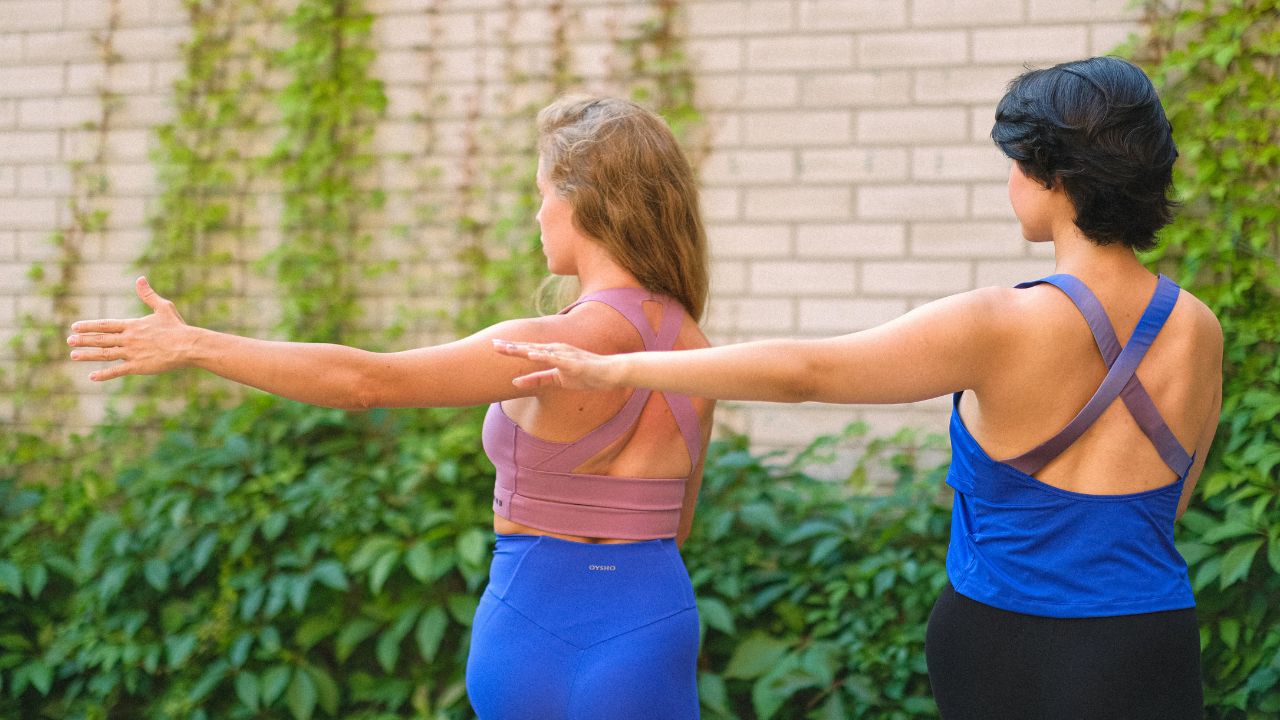
Butt kicks: Stand with your feet hip-width apart and jog in place, kicking your heels up towards your glutes. Keep a fast pace and alternate legs.
Mountain climbers: Begin in a high plank position with your hands directly under your shoulders. Bring one knee towards your chest, then quickly switch legs, simulating a running motion.
Burpees: Start in a standing position, then quickly drop down into a squat and place your hands on the ground. Kick your feet out behind you, perform a push-up, then jump your feet back in and stand up.
Incorporating these cardiovascular warm-up exercises into your routine will help increase your heart rate and improve blood flow, preparing your body for optimal performance and minimizing the risk of injury.
Sport-Specific Movements
Master your sport-specific movements and elevate your performance with these essential warm-up techniques.
Sport-specific training is crucial for athletes as it helps them prepare their bodies for the specific movements and demands of their chosen sport.
By incorporating sport-specific movements into your warm-up routine, you can improve your performance and reduce the risk of injuries.
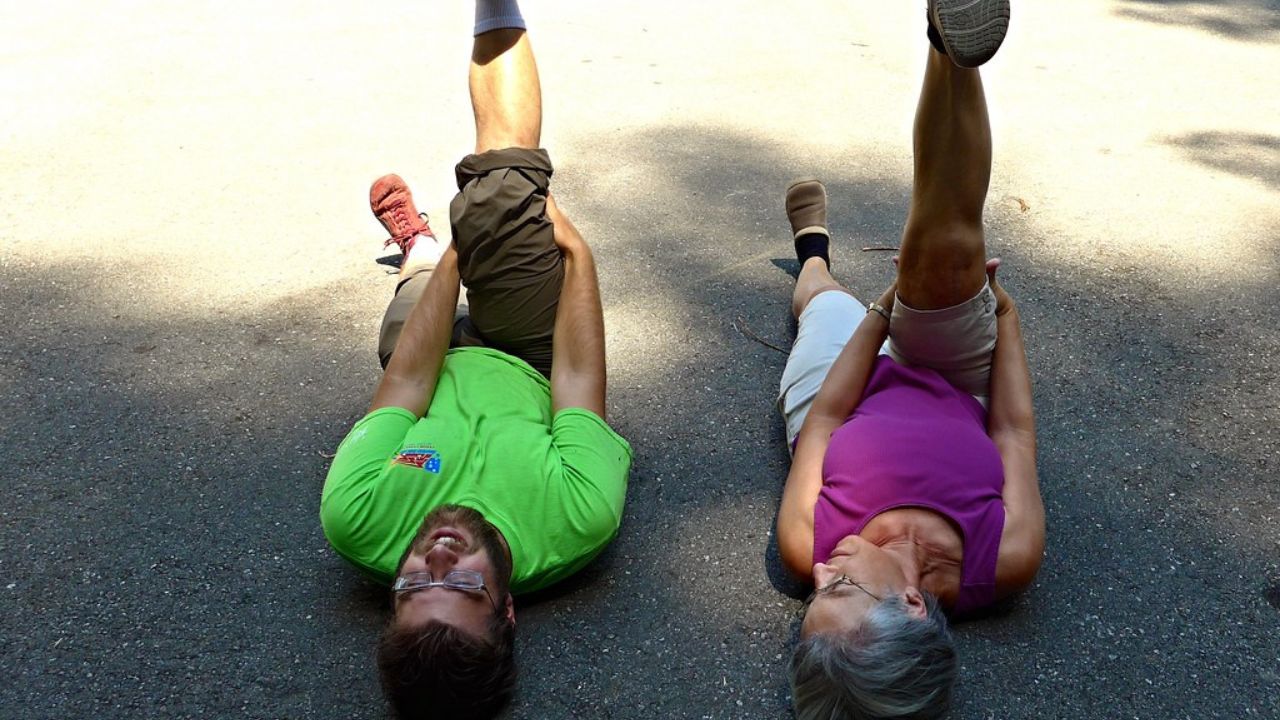
Start by identifying the key movements and actions involved in your sport, such as jumping, sprinting, or cutting.
Then, include exercises that mimic these movements, such as agility drills, plyometrics, or dynamic stretches.
These exercises won't only activate the muscles needed for your sport but also improve your coordination, balance, and flexibility.
Remember, injury prevention techniques are just as important as performance enhancement.
So, make sure to include exercises that target common injury-prone areas and focus on proper form and technique.
Mental Preparation Techniques
To mentally prepare for peak performance, athletes often utilize visualization techniques to enhance focus and positive affirmations to boost confidence.
Visualization techniques involve vividly imagining themselves successfully executing their desired movements or skills, helping to activate the neural pathways associated with those actions.
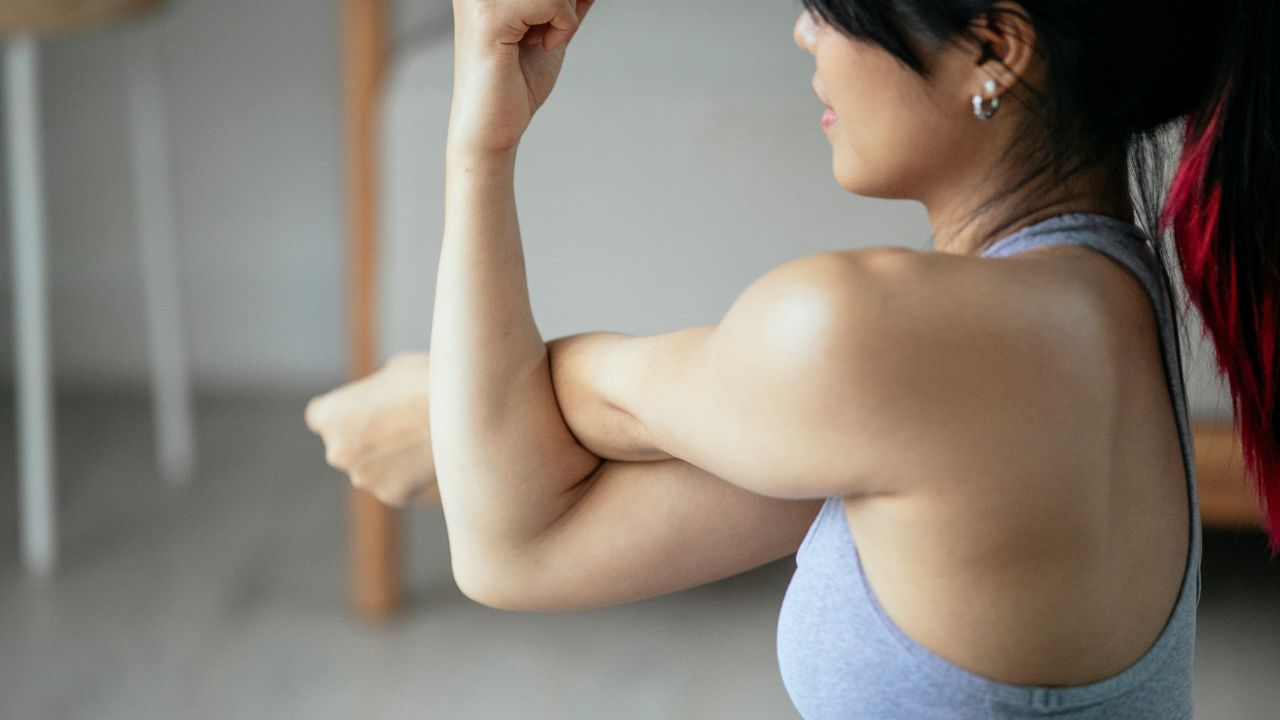
Additionally, using positive affirmations, athletes can reinforce their belief in their abilities, fostering a mindset of self-assurance and resilience.
Visualization Techniques for Focus
As you begin your warm-up routine, take a moment to visualize your upcoming performance, allowing your mind to focus on the task at hand. Visualization techniques for performance can be powerful tools to enhance your athletic performance.
Here are five mindfulness exercises for athletes that can help you achieve a state of focused concentration:
Create a mental movie: Imagine yourself executing each movement with precision and ease. Visualize the entire performance from start to finish, including every detail.
Use positive affirmations: Repeat positive statements to yourself, such as 'I am strong,' 'I am capable,' and 'I am prepared.' This will boost your confidence and create a positive mindset.
Practice deep breathing: Take slow, deep breaths to calm your mind and relax your body. This will help you stay present and focused.
Engage all senses: Visualize the sights, sounds, and even smells associated with your performance. This will make the visualization more vivid and realistic.
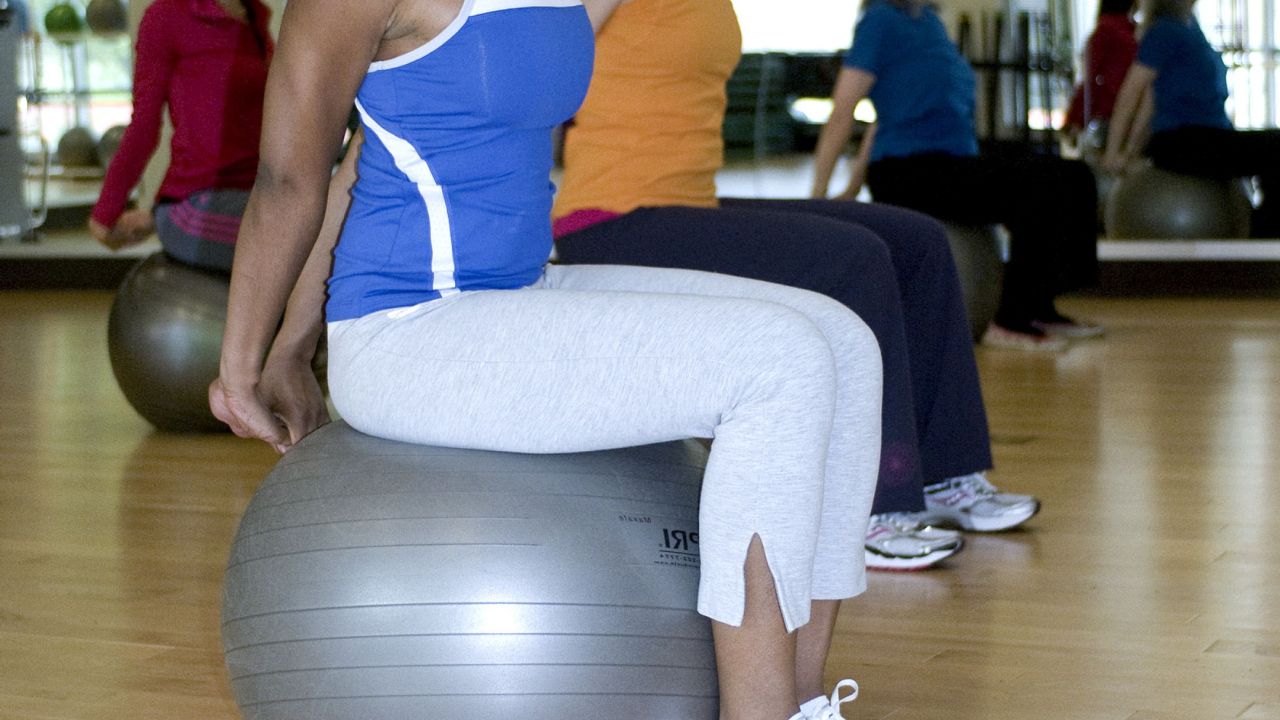
Visualize overcoming obstacles: Imagine yourself successfully overcoming any challenges or setbacks that may arise during your performance. This will help you build mental resilience and prepare for any unexpected situations.
Positive Affirmations for Confidence
Boost your confidence and improve your mental preparation with positive affirmations. Positive affirmations are statements that you repeat to yourself in order to foster a positive mindset and build self-belief. These affirmations can help you overcome doubts and negative thoughts, allowing you to approach your athletic performance with a strong and confident mindset.
To effectively use positive affirmations, start by identifying areas where you lack confidence or struggle mentally. Then, create specific affirmations that address those areas. For example, if you struggle with self-doubt before a competition, you can repeat affirmations such as 'I am strong, capable, and confident in my abilities' or 'I trust in my training and believe in myself.'
It's important to use present tense language and to repeat these affirmations regularly, ideally before and during your warm-up routine. By consistently reinforcing positive beliefs about yourself, you can rewire your brain and boost your confidence levels.
In addition to using positive affirmations, incorporating visualization techniques can further enhance your mental preparation. Visualize yourself performing at your best, achieving your goals, and overcoming obstacles. This combination of positive affirmations and visualization can create a powerful mental state that sets you up for success.
Frequently Asked Questions
How Long Should I Spend on Each Warm-Up Technique Before Starting My Workout?
You should spend about 10-15 minutes on each warm-up technique before starting your workout. This ideal warm-up duration allows your body to prepare for the intensity of exercise and reap the benefits of a proper warm-up.
Can I Use Dynamic Stretching as a Warm-Up for Any Type of Sport?
Yes, dynamic stretching can be used as a warm-up for any type of sport. It helps increase flexibility, range of motion, and blood flow to the muscles. It's a great alternative to static stretching. Try it out!
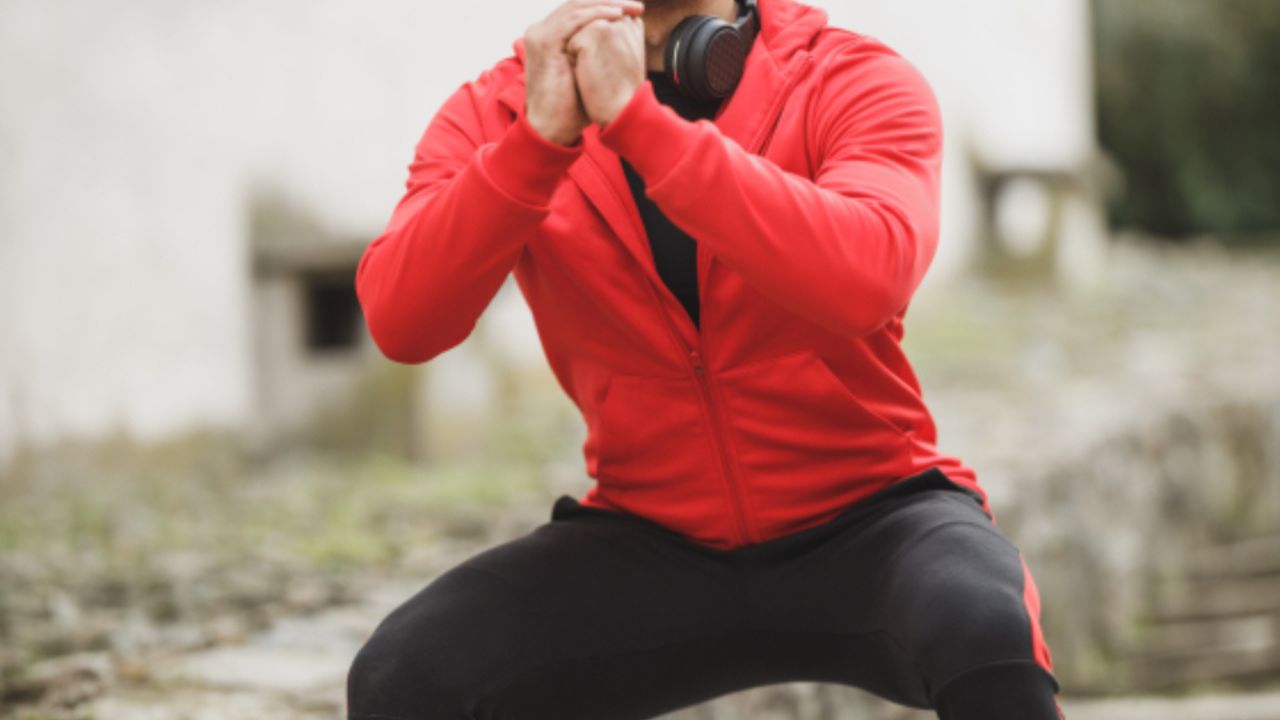
Are There Any Specific Foam Rolling Exercises That Target Certain Muscle Groups?
Foam rolling is a great way to target specific muscle groups and reap the benefits of improved flexibility and reduced muscle soreness. Incorporate specific foam rolling exercises into your warm-up routine for maximum results.
How Often Should I Incorporate Plyometric Exercises Into My Warm-Up Routine?
Incorporate plyometric exercises into your warm-up routine frequently to reap the benefits. These exercises improve power, agility, and performance. By integrating them, you'll enhance your athletic abilities and have the freedom to excel in your sport.
Are There Any Mental Preparation Techniques That Can Help With Pre-Competition Nerves?
To calm pre-competition nerves, try visualization techniques and deep breathing exercises. Visualize yourself performing at your best, and take slow, controlled breaths to relax your body and mind. These mental preparation techniques can help you find freedom and perform your best.
 Mobility trainingHome Fitness RecoverySports Injury PreventionPersonal Physical TherapyOrthopedic SolutionsPrivacy PolicyTerms And Conditions
Mobility trainingHome Fitness RecoverySports Injury PreventionPersonal Physical TherapyOrthopedic SolutionsPrivacy PolicyTerms And Conditions
